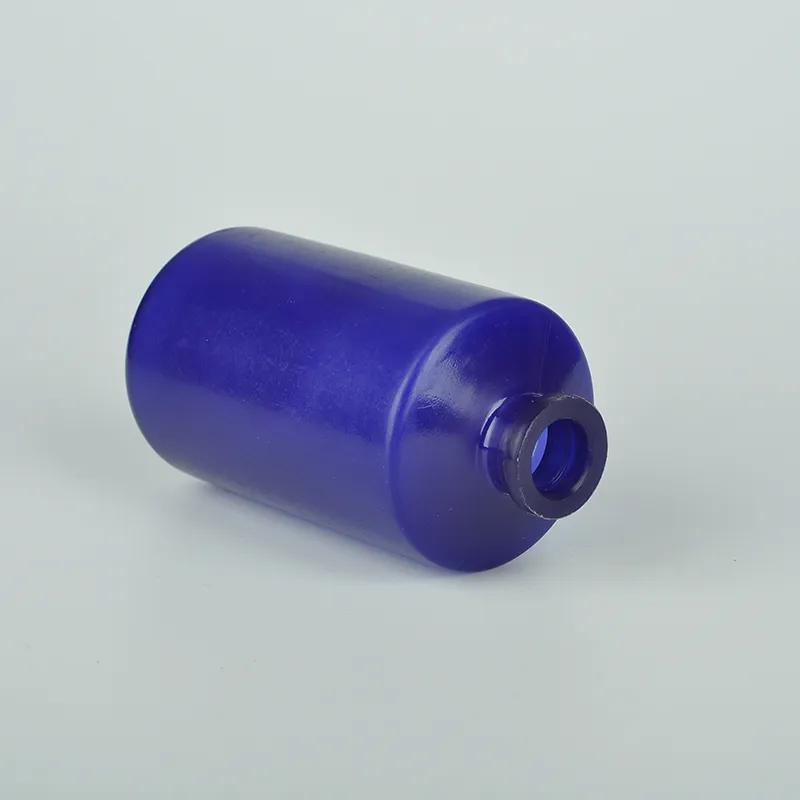
-
 Afrikaans
Afrikaans -
 Albanian
Albanian -
 Amharic
Amharic -
 Arabic
Arabic -
 Armenian
Armenian -
 Azerbaijani
Azerbaijani -
 Basque
Basque -
 Belarusian
Belarusian -
 Bengali
Bengali -
 Bosnian
Bosnian -
 Bulgarian
Bulgarian -
 Catalan
Catalan -
 Cebuano
Cebuano -
 Corsican
Corsican -
 Croatian
Croatian -
 Czech
Czech -
 Danish
Danish -
 Dutch
Dutch -
 English
English -
 Esperanto
Esperanto -
 Estonian
Estonian -
 Finnish
Finnish -
 French
French -
 Frisian
Frisian -
 Galician
Galician -
 Georgian
Georgian -
 German
German -
 Greek
Greek -
 Gujarati
Gujarati -
 Haitian Creole
Haitian Creole -
 hausa
hausa -
 hawaiian
hawaiian -
 Hebrew
Hebrew -
 Hindi
Hindi -
 Miao
Miao -
 Hungarian
Hungarian -
 Icelandic
Icelandic -
 igbo
igbo -
 Indonesian
Indonesian -
 irish
irish -
 Italian
Italian -
 Japanese
Japanese -
 Javanese
Javanese -
 Kannada
Kannada -
 kazakh
kazakh -
 Khmer
Khmer -
 Rwandese
Rwandese -
 Korean
Korean -
 Kurdish
Kurdish -
 Kyrgyz
Kyrgyz -
 Lao
Lao -
 Latin
Latin -
 Latvian
Latvian -
 Lithuanian
Lithuanian -
 Luxembourgish
Luxembourgish -
 Macedonian
Macedonian -
 Malgashi
Malgashi -
 Malay
Malay -
 Malayalam
Malayalam -
 Maltese
Maltese -
 Maori
Maori -
 Marathi
Marathi -
 Mongolian
Mongolian -
 Myanmar
Myanmar -
 Nepali
Nepali -
 Norwegian
Norwegian -
 Norwegian
Norwegian -
 Occitan
Occitan -
 Pashto
Pashto -
 Persian
Persian -
 Polish
Polish -
 Portuguese
Portuguese -
 Punjabi
Punjabi -
 Romanian
Romanian -
 Russian
Russian -
 Samoan
Samoan -
 Scottish Gaelic
Scottish Gaelic -
 Serbian
Serbian -
 Sesotho
Sesotho -
 Shona
Shona -
 Sindhi
Sindhi -
 Sinhala
Sinhala -
 Slovak
Slovak -
 Slovenian
Slovenian -
 Somali
Somali -
 Spanish
Spanish -
 Sundanese
Sundanese -
 Swahili
Swahili -
 Swedish
Swedish -
 Tagalog
Tagalog -
 Tajik
Tajik -
 Tamil
Tamil -
 Tatar
Tatar -
 Telugu
Telugu -
 Thai
Thai -
 Turkish
Turkish -
 Turkmen
Turkmen -
 Ukrainian
Ukrainian -
 Urdu
Urdu -
 Uighur
Uighur -
 Uzbek
Uzbek -
 Vietnamese
Vietnamese -
 Welsh
Welsh -
 Bantu
Bantu -
 Yiddish
Yiddish -
 Yoruba
Yoruba -
 Zulu
Zulu
ophthalmic bottle dropper
The Importance of Ophthalmic Bottle Droppers in Eye Care
Eye care is an essential aspect of overall health, and as we seek to maintain our vision and address various ocular conditions, the tools we use become critically important. Among these tools, ophthalmic bottle droppers play a vital role in the effective application of eye medications. This article explores the significance of ophthalmic bottle droppers, their design, functionality, and their impact on patient care.
What is an Ophthalmic Bottle Dropper?
An ophthalmic bottle dropper is a specialized container designed to dispense liquid medications specifically for the eyes. These medications can include artificial tears, antibiotics, anti-inflammatory solutions, and glaucoma treatments. The dropper's design allows for precise control over the dosage, ensuring that patients receive the correct amount of medication each time.
The Design and Functionality
Ophthalmic bottle droppers are typically made from materials that are safe for ocular use, such as low-density polyethylene. The bottles often feature a squeeze mechanism that allows the user to control the flow of the liquid. The dropper tip is engineered to prevent contamination and to provide a consistent drop size, which is essential for maintaining the therapeutic efficacy of the medication. Some products come with built-in airless pumps to minimize the risk of air contamination and ensure that the medication remains sterile.
In addition to the physical design, ophthalmic droppers are usually equipped with a child-resistant cap to prevent accidental ingestion by children. Given that many eye drops are used in homes with kids, safety features are paramount.
Importance in Eye Care
ophthalmic bottle dropper

The significance of ophthalmic bottle droppers cannot be overstated. When it comes to treating eye conditions, accuracy in dosing is crucial. Too few drops may render the treatment ineffective, while excessive doses can lead to adverse effects or waste of medication. The design of the droppers ensures that each application delivers the correct dose, thereby optimizing treatment efficacy and improving patient outcomes.
Moreover, the availability of ophthalmic droppers has made it easier for patients to self-administer their eye medications. This convenience fosters patient autonomy and ensures adherence to prescribed treatment regimens. Many patients may struggle with the precision needed to apply eye drops directly from traditional bottles without droppers; therefore, having a specialized droppper enhances their ability to care for their eyes independently.
Innovations in Ophthalmic Droppers
In recent years, there have been significant advancements in the technology behind ophthalmic bottle droppers. Companies have started focusing on user experience, designing droppers that are easier to handle and provide better grip. Some newer models feature ergonomic designs, which allow individuals with limited dexterity or physical challenges to administer drops more easily.
Additionally, developments in material science have led to the creation of droppers that can minimize waste. Innovative tips that reduce the residual liquid left in the bottle can ensure that patients receive more of their medication. This not only improves treatment effectiveness but also helps in reducing costs for patients and health care systems alike.
Conclusion
Ophthalmic bottle droppers are a critical component in the management of eye health. Their precise design, user-friendly functionality, and ongoing innovations demonstrate their importance in delivering effective ocular therapy. As we continue to emphasize the significance of eye care in overall health, the role of these droppers will undoubtedly remain central to ensuring that patients have access to safe and effective treatments. By understanding and using these tools correctly, patients can take proactive steps toward maintaining their eye health and preserving their vision for years to come.
-
PTFE Centrifuge Tubes - Chemical Resistant, Leak-proof, Ideal for Laboratory UseNewsJul.05,2025
-
Premium Metal Dropper Bottle for Precise Dispensing 250ml & 1ml Options AvailableNewsJul.04,2025
-
20 ml Headspace Vials - High Quality Polyethylene & Plastic Vials for Lab UseNewsJul.04,2025
-
Small Bottle with Pipette - Precise Dispensing 100ml Pipette Bottles for Essential Oils & Lab UseNewsJun.24,2025
-
Acetic Anhydride Bottle for Accurate Dropper Measurement in Pharmacy Use High-Quality Dropper BottlesNewsJun.10,2025
-
Innovative PET Bottle Design for Juice – Unique Shapes & Customization OptionsNewsJun.10,2025






















